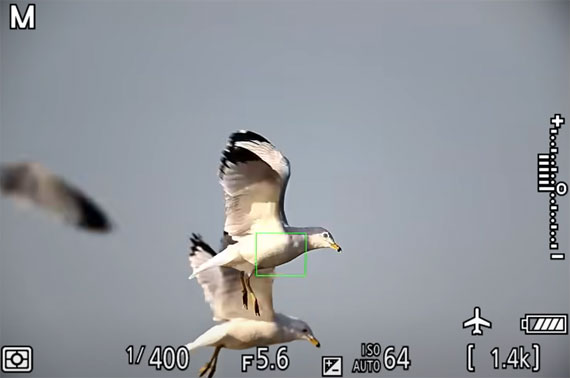In this video, photographer Steve Perry from Backcountry Gallery shares five tips for getting more out of subject detection in mirrorless cameras. Subject detection is a refinement of the AF (autofocus) area that typically targets the subject itself, the subject’s face, or the subject’s eyes:
1. Use recognizable subjects. In order for subject detection to be effective, you need to feed it a subject it recognizes. For example, elephants have proved impossible for most subject detection systems, so it’s better to use a more traditional approach with single point or spot AF.
2. Use 3D AF and tracking mode. Once subject detection is locked on, the subject can move anywhere in the viewfinder and the camera will stick with it.
3. Be aware of the limitations of subject detection. Some subjects, such as birds, are recognized easily by most modern subject detection systems, while others, like elephants, are not. In cases where subject detection is uncertain, it’s best to turn it off and take matters into your own hands with single point AF.
4. Pay attention to the AF area. When subject detection is active, you will typically see a smaller box pop up, further refining the focus area.
5. Keep in mind that subject detection is not always necessary. Sometimes, it’s better to use a more traditional approach with single point AF.
In conclusion, subject detection can be a powerful tool for photographers, but it’s important to understand its limitations and when to use it. By following these tips, you can enjoy better results regardless of the brand of your mirrorless camera.
Like This Article?
Don't Miss The Next One!
Join over 100,000 photographers of all experience levels who receive our free photography tips and articles to stay current:






